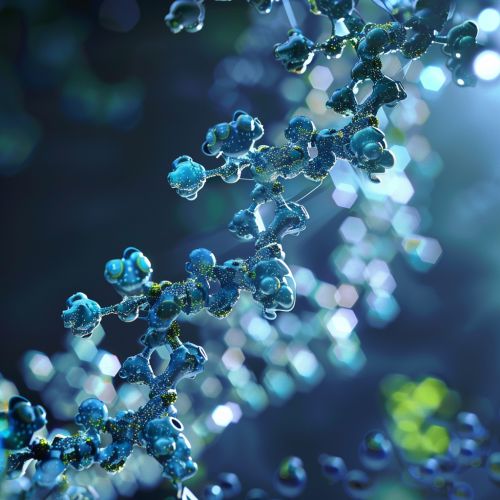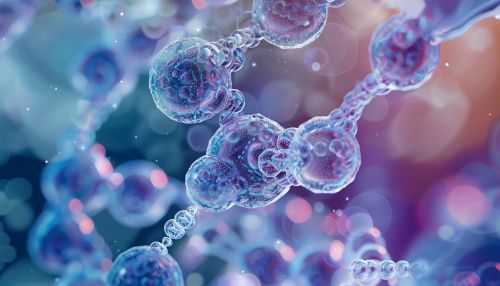Succinate Dehydrogenase
Introduction
Succinate dehydrogenase (SDH) is a key enzyme complex that plays a crucial role in both the citric acid cycle and the electron transport chain, two essential metabolic pathways in cells. It is the only enzyme that participates in both these pathways, making it unique among the enzymes involved in cellular respiration.


Structure
Succinate dehydrogenase is a protein complex embedded in the inner mitochondrial membrane. It consists of four subunits: SDHA, SDHB, SDHC, and SDHD. Each of these subunits plays a distinct role in the function of the complex.
SDHA
The SDHA subunit, also known as flavoprotein subunit, is the largest of the four. It binds the flavin adenine dinucleotide (FAD) cofactor and is directly involved in the oxidation of succinate.
SDHB
The SDHB subunit, or iron-sulfur subunit, contains three iron-sulfur clusters. These clusters are essential for the transfer of electrons from FADH2 to ubiquinone.
SDHC and SDHD
The SDHC and SDHD subunits, also known as cytochrome b subunits, anchor the complex to the inner mitochondrial membrane and participate in the transfer of electrons to the ubiquinone pool.
Function
The primary function of succinate dehydrogenase is to catalyze the oxidation of succinate to fumarate in the citric acid cycle, while simultaneously reducing FAD to FADH2. This reaction is unique as it directly links the citric acid cycle and the electron transport chain.
Role in the Citric Acid Cycle
In the citric acid cycle, succinate dehydrogenase catalyzes the conversion of succinate to fumarate. This is a two-step process. First, the enzyme removes two hydrogen atoms from succinate, forming a double bond between the two central carbon atoms and producing fumarate. At the same time, the enzyme reduces FAD to FADH2.
Role in the Electron Transport Chain
In the electron transport chain, succinate dehydrogenase acts as Complex II. It uses the FADH2 produced in the citric acid cycle to reduce ubiquinone to ubiquinol. This process contributes to the proton gradient across the inner mitochondrial membrane, which drives ATP synthesis.
Clinical Significance
Mutations in the genes encoding the subunits of succinate dehydrogenase can lead to several rare diseases, collectively known as succinate dehydrogenase deficiency syndromes. These include Leigh syndrome, paraganglioma, and pheochromocytoma. These diseases are characterized by a variety of symptoms, including neurological deficits, tumors, and metabolic abnormalities.
